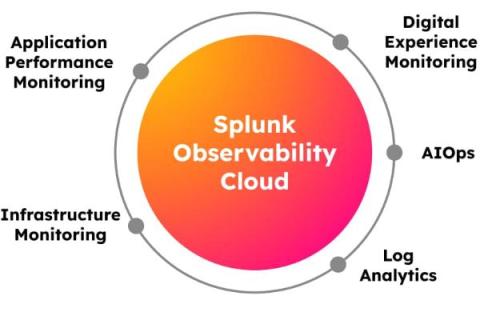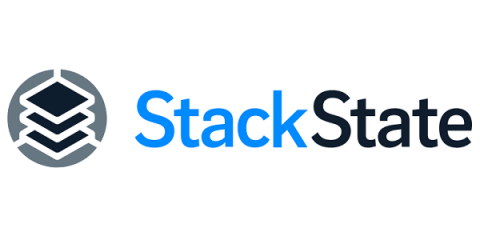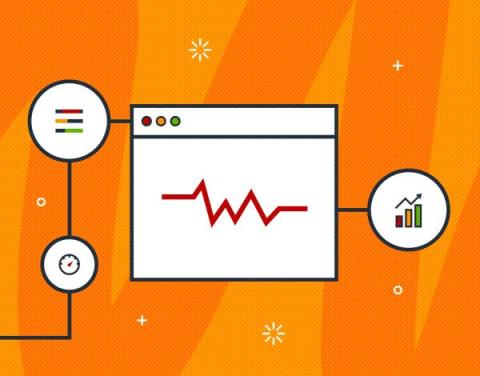Why companies choose Grafana Cloud for their hosted observability platform
Three different businesses, one shared problem: SailPoint, Kushki, and Flexcity were all looking for a hosted solution to help them optimize their telemetry storage, gain more insights from their observability strategy, and keep costs manageable. But what they gained from migrating to Grafana Cloud and working with Grafana Labs was much more. “The engineering team is super sharp. They’re experts. This is the best of the best," said Omar Lopez, head of the observability team from SailPoint.











